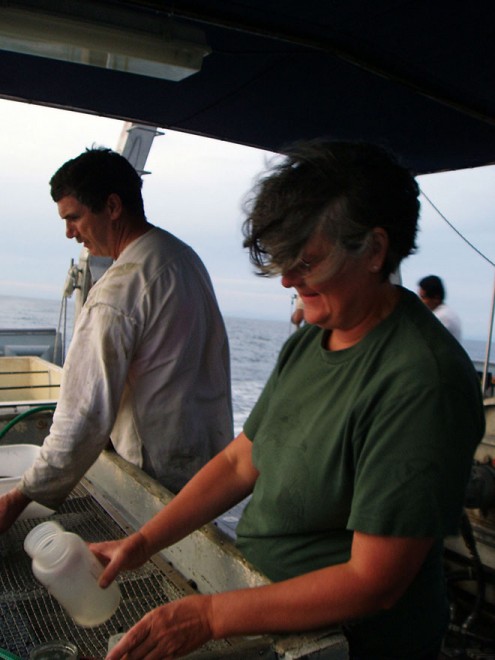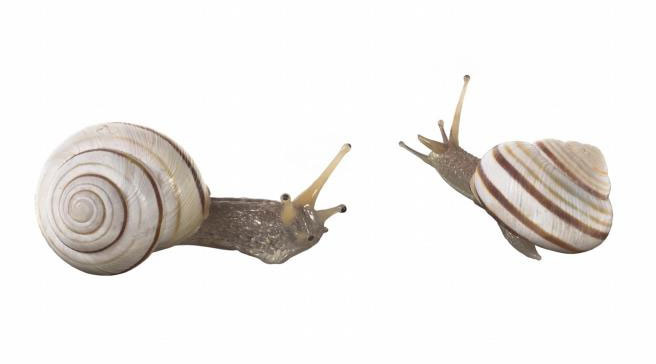In 2004 I was invited to join marine biologists from Heriot-Watt University to collect marine worms, as part of a survey to consider the conservation potential of the Las Perlas Isles, Panama. After two weeks the dive team had collected lots of shell-like tubes and the living animals inside, but they were a puzzle as we could not identify them.

Eventually, after lots of huffing and puffing, we realised the tubes were not worm tubes but snail tubes! These snails belong to an unusual group known as Vermetids, which means worm-like. There are hundreds of species in the world and most are tropical, but occasionally they are found in temperate waters such as the Mediterranean.
Snails belong to a group of animals known as molluscs, which include, mussels, scallops, squid, limpets and slugs. They nearly all secrete a calcareous shell.

There are thousands of different kinds of snails in the world, from the large African land snail to tiny snails that live between sand grains. Most of us are familiar with garden snails that eat our plants and vegetables. However, most snails are marine, for example, periwinkles, dog whelks and cowrie shells, and they are all capable of moving freely around their environment.

Snails generally produce a coiled shell that is large enough for the whole soft body to retreat into and it grows with the snail throughout life. In many snails the opening is sealed with a hard plate or operculum for protection or to prevent desiccation if a land snail. However, the young Vermetid is different as it starts life by permanently attaching itself to a hard surface such as a rock or piece of coral and produces a small coil. Gradually, as the snail grows the shell develops into a straight tube as it tries to find a space between the coral to reach the light and food. As the snail is fixed to a rock or coral it cannot move so it produces a mucus net which it shoots out of the tube to catch plankton. The net and plankton is then pulled back into the tube, aided by the radula or ‘teeth’ and digested.

The Vermetids were cut from the base by the dive team and brought back to the surface for examination. Eventually, they were given a name, Eualetes tulipa, which was originally described in 1843 from the Pacific Ocean.

Apart from identifying which species occurred in the Las Perlas archipelago, the Vermetids were useful indicators for measuring climate change. The growth bands on the tubes were measured and growth rates analysed to see if they responded to different climatic conditions. The Vermetid shells and the animals were preserved and are now part of the zoological collections here at National Museums Scotland. The work on the Vermetids continues and a publication will be soon produced with a co-author at Manchester University.
